In the past 15 years we have developed a unique data-, research- and innovation-driven approach for delivering our mission. It consists of five pillars that are worked on in close collaboration with our national partners to ensure that what we do is closely connected with the national needs, knowledge, and political realities.
Five pillars of our approach:
Working from data
We collect, publish and give access to data on people’s justice problems and their resolutions. We help build monitoring capacity. Our goal: Enhanced access to and use by justice sector stakeholders of data and knowledge about justice needs and outcomes of justice journeys.
Our tools:
Applying best practices
We assist justice stakeholders in adopting evidence-based practice. Our goal: improved capacity of justice practitioners and providers of justice services to resolve justice problems.
Our tools:
- Guidelines
- Implementation Plans
- Literature Reviews
- Focus Groups with practitioners
Scaling Gamechangers
We support innovations known as ‘Gamechangers’, the sustainable service models that have the greatest impact towards delivering justice. Our goal: Increased access to and use of justice services for people.
Our tools:
- Scaling programmes
- Innovation labs
Creating enabling environment
We convene stakeholders to help reduce barriers to progress and create conditions for dialogue and collaboration. This includes the financial, regulatory and legal regimes. Our goal: Strengthened dialogue between justice stakeholders on justice needs to create an ‘enabling environment’ for justice innovation and Gamechangers (via Public-Private Partnerships and other business opportunities).
Our tools:
- People-centred Justice Strategies
Strengthening the movement
We strengthen networks for knowledge exchange and celebrate success of people-centered justice initiatives. Through community building, we dismantle silos and inspire changemakers to support the realisation of SDG16.3 – equal access to justice for all. Our goal: Reinforced international, regional, and national movement of people-centred justice.
Our tools:
- Ministerial meetings
- Local capacity building
That’s the theory. More importantly, how do we apply this approach in practice?
